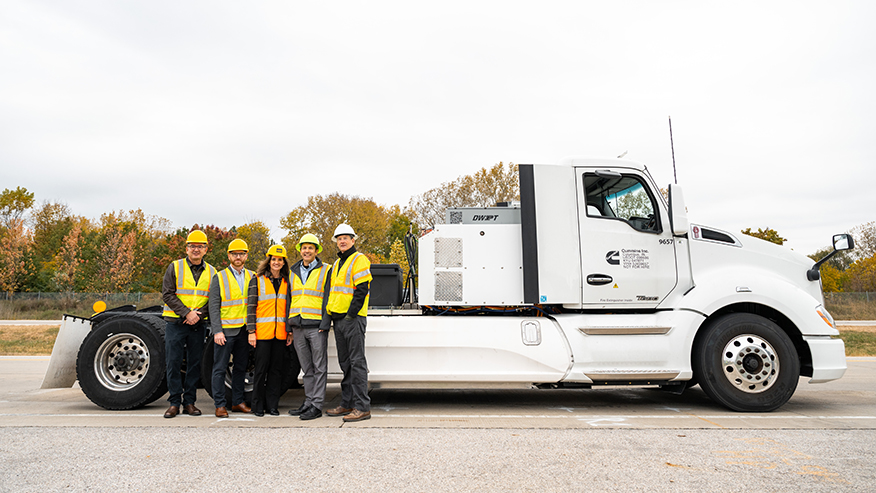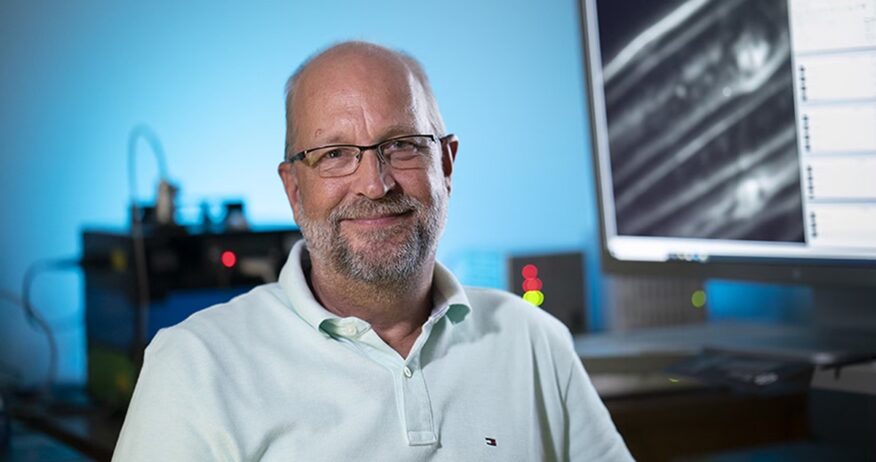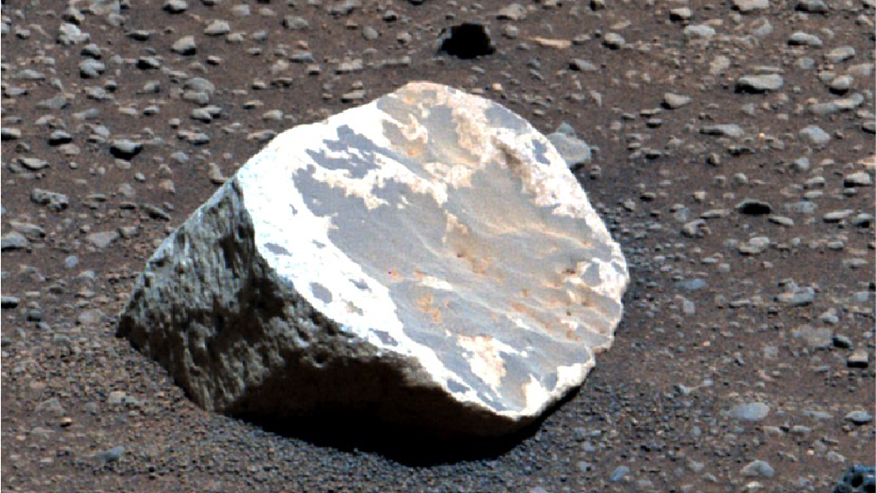Painting a clearer picture of black holes

WEST LAFAYETTE, Ind. —
Black holes are everywhere right now – at the middle of every galaxy, of course, as well as all over the news — thanks to the recent picture taken of the black hole at the center of Earth’s own galaxy.
Matthew Lister, professor of physics and astronomy in the College of Science at Purdue University, explains the significance of the image, only the second one ever taken of a black hole. He was not part of the team that took the image, but as an expert on black hole phenomena, he is very excited about the development. The image is notable in that the addition of another radio telescope at the South Pole resulted in an improvement in resolution over the first picture of a black hole. The observations were challenging, due to the nature of the black hole itself.
“The radio emission of the black hole at the center of our galaxy is quite weak, and the black hole environment varies quite rapidly,” Lister said. “It’s like trying to take an image of a moving target where you’re not getting a lot of light from it, so this required a lot of processing and comparison to computer models to be confident that the image reflects what’s really going on at the galactic center.”
An international cadre of scientists collaborated to piece together the final picture of the black hole. The images come from the Event Horizon Telescope, an array of telescopes across the globe that work together to study black holes, something Lister has done for more than 20 years. Lister is part of the team that is designing the next-generation Event Horizon Telescope, which promises to image many more black hole systems in even sharper detail.
Lister and his collaborators recently discovered a supermassive black hole binary system, one of only two known such systems. The two black holes, which orbit each other, likely weigh 100 million suns each. The two are only between 200 astronomical units and 2,000 AU apart (one AU is the distance from the Earth to the sun), at least 10 times closer than the only other known supermassive binary black hole system.
Studying black holes is important for another, not quite as esoteric reason, too: Their extreme properties may offer an insight into the much-vaunted “Theory of Everything” or a unified field theory that would unite all observed physical laws of the universe.
“We don’t have a theory that connects gravity and quantum mechanics,” Lister said. “In the case of black holes, you have very large amounts of mass confined to a very, very small volume. In order to better understand how things like gravity and quantum mechanics are unified, black holes are a key subject to study.”
About Purdue University
Purdue University is a top public research institution developing practical solutions to today’s toughest challenges. Ranked in each of the last four years as one of the 10 Most Innovative universities in the United States by U.S. News & World Report, Purdue delivers world-changing research and out-of-this-world discovery. Committed to hands-on and online, real-world learning, Purdue offers a transformative education to all. Committed to affordability and accessibility, Purdue has frozen tuition and most fees at 2012-13 levels, enabling more students than ever to graduate debt-free. See how Purdue never stops in the persistent pursuit of the next giant leap at https://stories.purdue.edu.
Media contact: Brittany Steff, bsteff@purdue.edu
Source: Matthew Lister, mlister@purdue.edu



